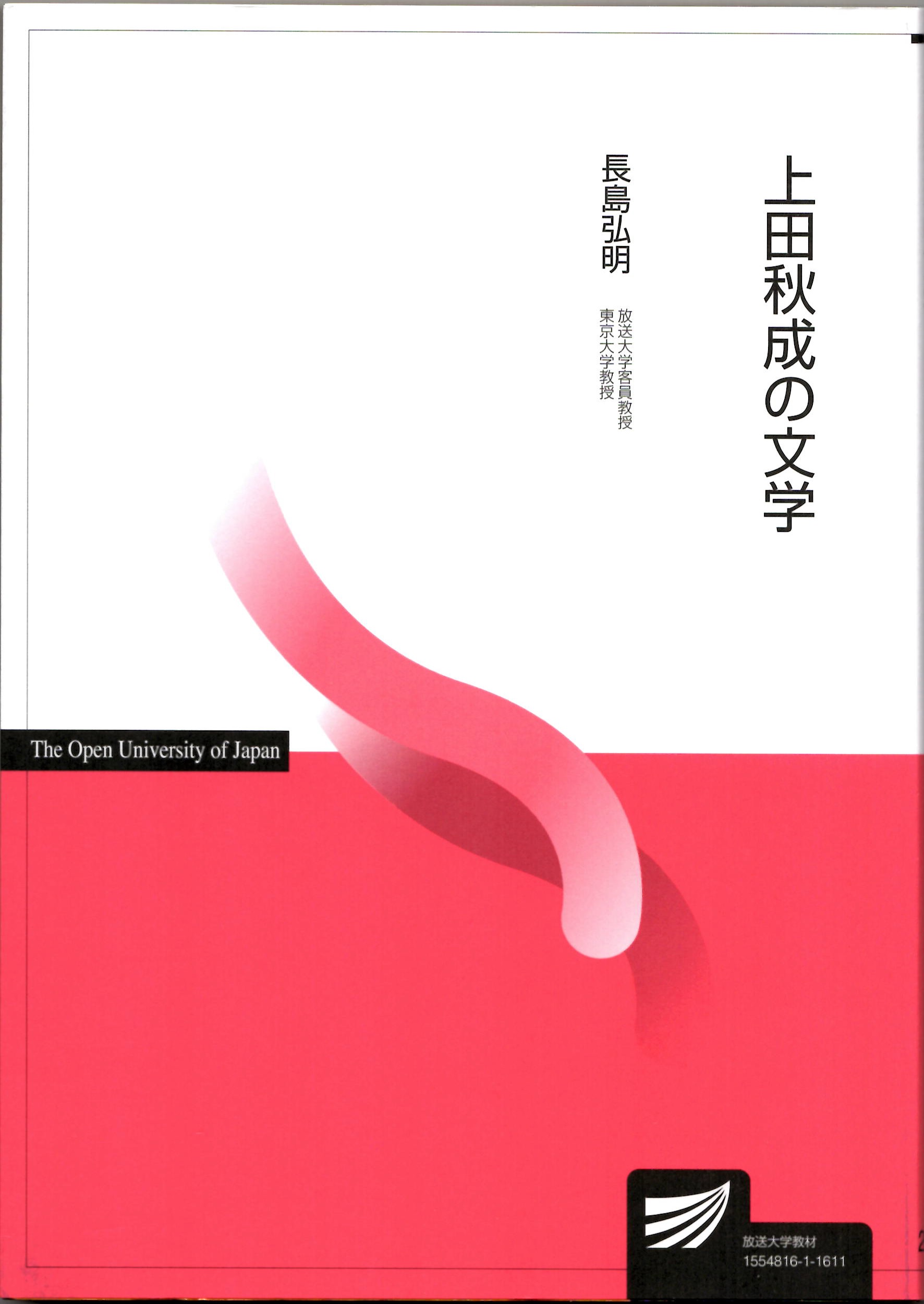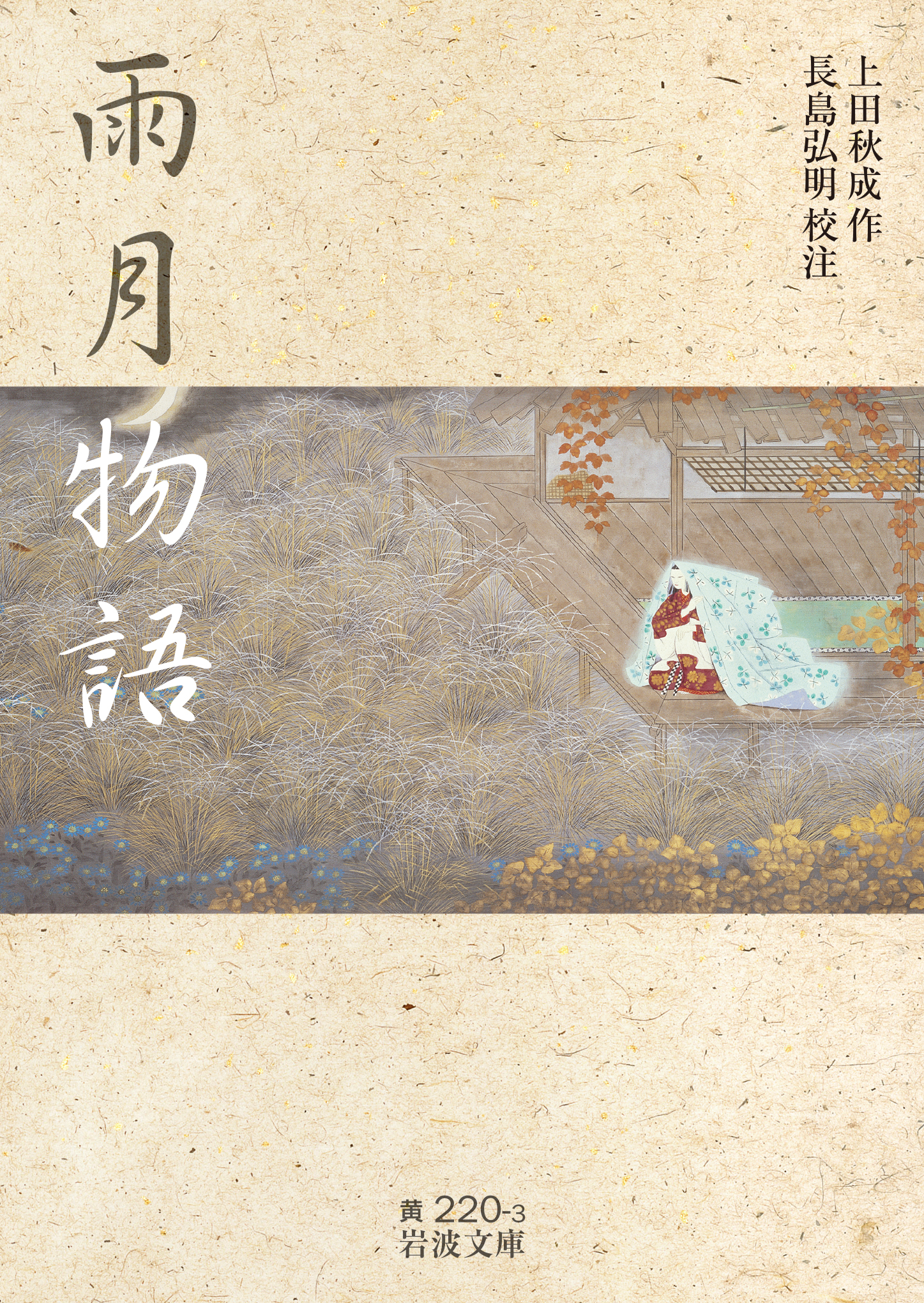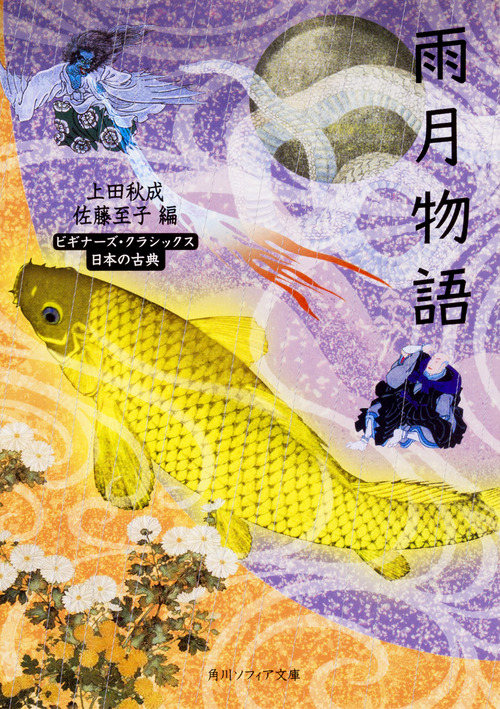
Title
Ueda Akinari no Bungaku (The Literature of Ueda Akinari)
Size
232 pages, A5 format
Language
Japanese
Released
March, 2016
ISBN
978-4-595-31605-0
Published by
Foundation for the Promotion of The Open University of Japan
Book Info
See Book Availability at Library
Japanese Page
This book examines the characteristics of the literature of Ueda Akinari (1734–1809), who is known as the author of Ugetsu Monogatari (Tales of the Rain and Moon), through a detailed analysis of his works. Akinari was not a professional author like Santo Kyoden or Takizawa Bakin, and writing novels was never more than a hobby for Akinari. Moreover, Akinari not only wrote novels, but also was active in a wide range of fields, including haikai poetry, waka poetry, comic tanka poetry, study of Japanese classics, and sencha tea.
The multitalented writers of the 18th century, who pursued literature and the arts as a hobby while traversing multiple fields, were known as bunjin; Akinari was a perfect example of bunjin. The book provides a fresh perspective by portraying Akinari not as a novelist but as a bunjin.
The book introduces some examples that demonstrate the sheer versatility of Akinari’s talents. First, in the field of haikai poetry, Akinari was a semi-professional with urban sensibilities, and it was he who first compiled a collection of poems by Nishiyama Soin of the Danrin School and wrote Yakanasho—an outstanding poetic theory on punctuation words. Buson treated Akinari, who was 18 years his junior, as a friend and an equal. Moreover, in the field of waka poetry, Akinari associated with the groundbreaking waka poet Ozawa Roan, composing poems that were even fresher than the works of Roan himself. A contemporary master of Japanese classics, he published Tsuzurabumi (Basket of Writings), a collection of excellent works of waka and wabun. In the genre of comic tanka poetry, he left behind distinctive works that were clearly different from the works of the Tenmei kyoka boom in Edo, including the Manyoshu styled Manioshu (Collection of Ten Thousand Scents) and the Kaido Kyoka Awase (Humorous Poems of the Coast Road), which retained the sentiments of waka poetry.
His essays were also exemplary: Tandai Shoshinroku (A Record of Daring and Prudence), written in his later years, even features a spoken style interspersed with invectives and content offering social satire from memoirs of his private life, culminating in historical criticism and academic inquiry. As a Japanese classical scholar, he revised and published works such as Ochikubo Monogatari (The Tale of Ochikubo) and Yamato Monogatari (Tales of Yamato), as well as producing the various publications of Kamo no Mabuchi. He also left behind a large number of publications of his own, including Yoshiya Ashiya (For Good or for Bad), a monograph on Ise Monogatari (Tales of Ise) and Nara no Soma (Wood of the Japanese Oak) and Kinsa, monographs on the Manyoshu. Moreover, he led a dispute with Motoori Norinaga over the phonology of archaic Japanese and the sun god of Japanese mythology. In addition, he wrote Seifu Sagen (Miscellaneous Comments on the Way of Pure Elegance), a famous volume on sencha tea.
Akinari wrote very few novels, with only six full-fledged titles: Shodo Kikimimi Sekenzaru (Worldly Monkeys with Ears for the Arts), Seken Tekake Katagi (Characters Sketches of Worldly Mistresses), Ugetsu Monogatari (Tales of the Rain and Moon), Kakizome Kigen Kai (New Year's Calligraphy and a Sea of Changing Feelings), Kuse Monogatari (Tales of Compulsion), and Harusame Monogatari (Tales of the Spring Rain). However, all six works display different tendencies. Shodo Kikimimi Sekenzaru is similar to the katagi-mono character pieces depicting daily life in the Edo period but ignores the condition of katagi-mono to give the protagonists of each story the same profession. Seken Tekake Katagi remains faithful to the katagi-mono style, while Ugetsu Monogatari uses a mix of literary Japanese and Chinese that dispenses with the conventional humorous style and integrates difficult hakuwa (plain Chinese speech). Kakizome Kigen Kai depicts New Year scenes in Kyoto, Osaka, and Edo in the style of Ihara Saikaku. Kuse Monogatari, in which lurks sharp social satire in his parody of Ise Monogatari, and Harusame Monogatari, which like Ugetsu Monogatari, are classified in literary history as yomihon (“reading book”) but are unlike any other yomihon ever written. All of these works are truly unique and feature distinctive styles of novel writing. These six novels are quite definitely the work of a “bunjin.”
(Written by NAGASHIMA Hiroaki, Professor, Graduate School of Humanities and Sociology / 2017)



 Find a book
Find a book



